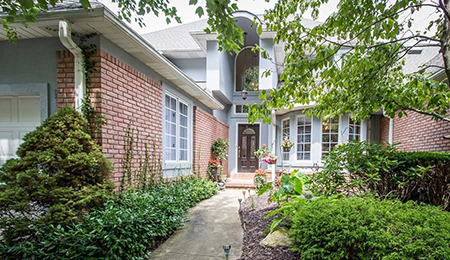Here’s what you need to know about how contingent offers work.
Have you heard about contingent home offers? If you’ve been following us, you probably have, but let’s break it down. A contingency offer means there are conditions that must be met before a home sale can go through. Typically, it happens when a buyer loves a property but needs to sell their current home first.
Here’s how it works: The buyer makes an offer, but it’s contingent on selling their current property. The seller can accept this offer, but it’s not always guaranteed, especially in a fast-moving market. If the seller agrees, the buyer has about three days to list their current home for sale.
Then, there’s a negotiable period where the seller gives you time to secure a contract on your current home, usually between 10 days and two months. Once your home is pending, you can proceed with closing on the new house. But, if another buyer comes along during this time without any contingencies, things get interesting.
“Contingencies are convenient, but they can compromise your offer. ”
Depending on the terms of your contingency, you may have the first right of refusal. This means the seller has to come back to you and give you the option to remove your contingency or proceed with the new buyer.
If this sounds complicated, don’t worry; we can guide you through all the options. That’s why we developed our Secure First program, exclusive to the Amy Wengerd Group. With Secure First, you don’t have to make a contingent offer. If you’re in this situation or anticipate being in it, call or email us for a free consultation. We look forward to hearing from you!



